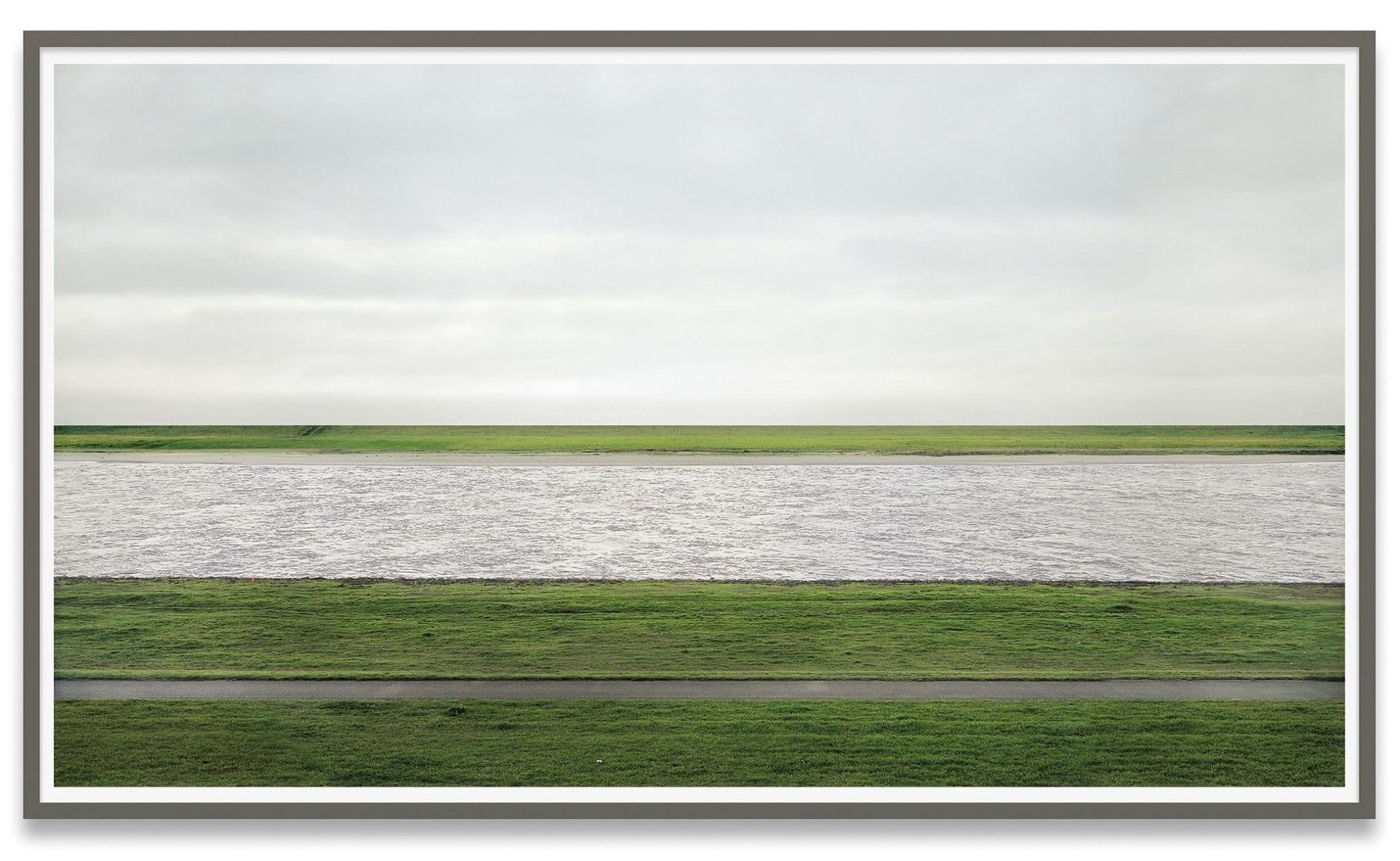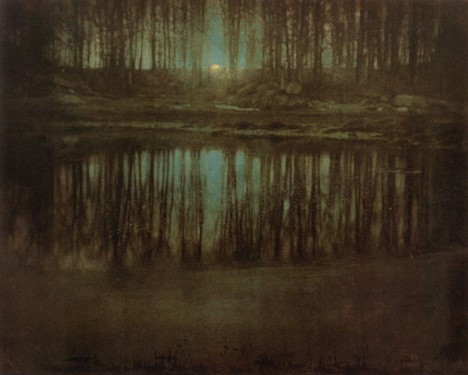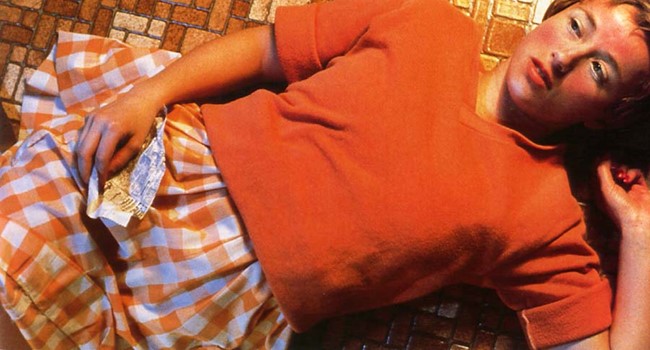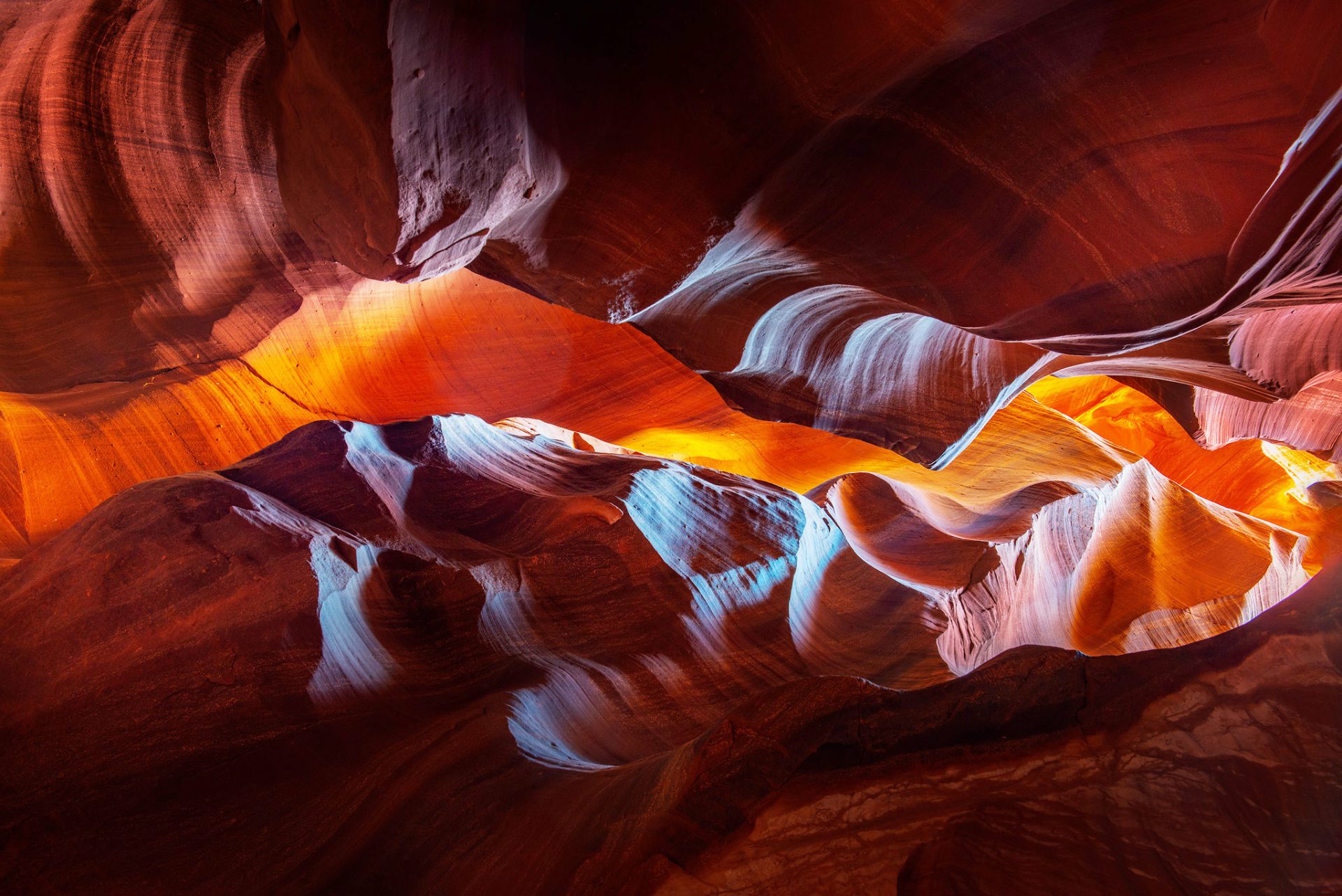The Most Expensive Photograph Ever Sold: A Deep Dive into the World of High-End Photography
Photography has long been a medium for storytelling and capturing moments. But in recent years, it has also become a lucrative investment. When we think of valuable art, paintings and sculptures come to mind. However, some photographs have fetched jaw-dropping prices at auctions. So, what is the most expensive photograph ever sold? Let’s dive into this fascinating topic and explore the stories behind these iconic images.
The Rise of Photography as High-Value Art
Photography started gaining recognition as a serious art form in the mid-20th century. Before this, it was considered a medium for documentation rather than artistic expression. The shift began as photographers started pushing boundaries, experimenting with techniques, and capturing unique perspectives. This evolution marked the beginning of photography’s rise in the art world. The result? Today, photographs can sell for millions of dollars.
Collectors now see photographs as valuable investments. Limited editions, iconic subjects, and renowned photographers contribute to this value. It’s a market driven by exclusivity and historical significance. Some pieces have even surpassed traditional paintings in auction prices. Let’s look at the top contenders for the title of “the most expensive photograph ever sold.”
The Iconic Sale: “Rhein II” by Andreas Gursky
In 2011, Andreas Gursky made history when his photograph, “Rhein II”, sold for a staggering $4.3 million at a Christie’s auction. This minimalist piece depicts the Rhine River in Germany. It’s a striking image, capturing a serene and almost surreal landscape.
Gursky is known for his large-scale photographs, often featuring landscapes and cityscapes. “Rhein II” is no exception. The photograph measures over six feet wide, immersing viewers in its vastness. Gursky digitally altered the image, removing any distractions like buildings or people. This creates a pure, almost abstract representation of the river.

The simplicity of “Rhein II” sparked debates in the art community. Critics questioned why such a seemingly plain photograph could fetch millions. However, Gursky’s meticulous composition and his status as a pioneering contemporary photographer played significant roles in its valuation.
Peter Lik’s “Phantom”: A Controversial Record
Peter Lik’s “Phantom” claims to have surpassed “Rhein II” in price. In 2014, Lik reported selling this black-and-white photograph for $6.5 million to a private collector. The image, captured in Antelope Canyon, Arizona, features a ghostly light beam cutting through the narrow canyon walls.

While “Phantom” made headlines as “the most expensive photograph ever sold,” the sale remains shrouded in mystery. The transaction was private, with no auction records or verifiable sources. This led to skepticism in the art world. Many questioned the legitimacy of the sale and its true value.
Despite the controversy, “Phantom” symbolizes the allure of nature photography. Lik’s work captures natural phenomena with stunning detail, and his limited editions create a sense of exclusivity. Regardless of the sale’s debate, “Phantom” represents the demand for unique, visually captivating images.
Richard Prince’s “Spiritual America” and the Art of Appropriation
In 2014, Richard Prince’s “Spiritual America” sold for $3.97 million at Christie’s. Prince is known for his provocative and controversial work. “Spiritual America” is no different. The photograph is a rephotograph of a 1970s image by Garry Gross, featuring a young Brooke Shields.

The piece sparked outrage and legal battles, but it also gained notoriety. Prince’s use of appropriation, a method where artists recontextualize existing works, adds layers of meaning to his art. This approach challenges traditional ideas of originality and ownership, making “Spiritual America” a highly debated and valuable piece.
Edward Steichen’s “The Pond—Moonlight”: A Historical Masterpiece
Edward Steichen’s “The Pond—Moonlight” sold for $2.9 million in 2006. This early 20th-century photograph is one of the oldest and most significant pieces in the history of photography. Taken in 1904, it features a serene, moonlit pond surrounded by trees. Steichen used a unique hand-coloring technique, applying layers of gum bichromate to the print.

This method gives the image a painterly quality, blending photography and traditional art forms. The rarity of “The Pond—Moonlight”, with only three known prints, contributed to its high value. It represents a crucial moment in photography when artists were exploring its creative potential beyond mere documentation.
Cindy Sherman’s “Untitled #96”: The Rise of Conceptual Photography
Cindy Sherman’s “Untitled #96” became a groundbreaking sale when it fetched $3.89 million in 2011. The photograph is part of her “Centerfold” series, where Sherman portrays herself in various staged scenes. In “Untitled #96”, she appears as a young woman lying on the floor, holding a piece of crumpled newspaper.

Sherman’s work challenges gender roles and societal norms. Her ability to convey powerful narratives through self-portraiture has made her one of the most influential contemporary photographers. The high price of “Untitled #96” reflects the growing appreciation for conceptual and feminist art in the photography market.
The Evolving Market for High-Value Photography
The market for high-value photographs continues to grow. As collectors seek unique and exclusive pieces, the prices keep climbing. The appeal lies not just in the image itself but also in the story behind it. Photographs that capture historical moments, feature iconic subjects, or showcase innovative techniques often command the highest prices.
In the digital age, where millions of photos are taken daily, the value of a unique, tangible print has skyrocketed. Limited editions, especially from renowned photographers, offer exclusivity. This exclusivity, combined with the artist’s vision, makes these photographs highly desirable.
Investing in Fine Art Photography
For those interested in investing in photography, it’s essential to research and understand the market. The most expensive photograph ever sold is often a result of its historical significance, the photographer’s reputation, and the image’s uniqueness. As the market evolves, new records will likely emerge, driven by innovative artists and shifting trends.
For collectors who want to own exclusive pieces without spending millions, there are accessible options. I invite you to browse through my gallery and see how it makes you feel.

“Color Finds The Way” by Alex Gubski
The world of high-end photography is captivating. From Andreas Gursky’s minimalist landscapes to Cindy Sherman’s conceptual self-portraits, each photograph tells a unique story. These images are more than just photos; they are cultural artifacts, capturing moments, emotions, and ideas. As the market grows, we can only expect the prices to rise and new records to be set.
For those who admire photography but find the multi-million-dollar pieces out of reach, exploring works by talented photographers like Alex Gubski provides an excellent opportunity. With a blend of artistry and accessibility, Gubski’s landscape photography brings the beauty of the natural world into your home at a fraction of the cost of the world’s most expensive photos.
By understanding the stories behind these iconic images, we can appreciate the art form’s value and significance. As you dive into the world of photography, consider investing in unique and captivating pieces that speak to you. After all, the best part of collecting art is finding that perfect piece that resonates with your own vision and taste.
